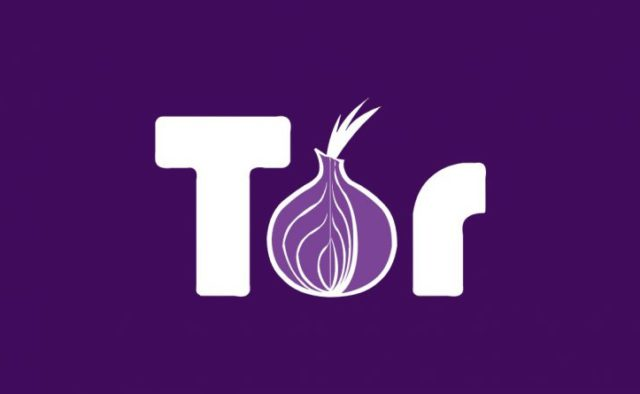Tor Browser Now Based on Firefox Quantum and Available for Android
Recently, not only did Google Chrome receive a major update, but Tor Browser also underwent significant changes. Last week, Tor Browser finally transitioned to the Firefox Quantum codebase and adopted the new Photon UI. While Tor Browser has always been built on Firefox’s code, it typically lagged a few releases behind. Mozilla introduced Firefox 57, powered by Firefox Quantum, back in November 2017, but Tor Browser has only now caught up.
With the release of Tor Browser 8 (based on Firefox ESR 60), users benefit from a new page rendering engine, the WebExtensions API (used by Chrome, Opera, Vivaldi, Brave, and other Chromium-based browsers for add-ons), and the updated Photon UI interface.
Unique Features in Tor Browser
While the main changes from the switch to Firefox Quantum are well-known from Firefox itself, Tor Browser introduces some unique improvements. The developers have completely redesigned and simplified the start screen that appears after installation and first launch, making it more user-friendly.
Additionally, the request bridge mechanism has been significantly improved. Now, users no longer need to send an email or visit the project’s website to request a bridge; it’s enough to simply solve a captcha directly in the Tor Launcher.
Tor Browser for Android Released
Almost simultaneously with the release of Tor Browser 8, the Tor ProjectThe Tor Project is a nonprofit organization dedicated to protecting online privacy and ensuring uncensored access to the internet. Emerging from U.S. Naval Research Lab experiments with onion routing in the 1990s, Tor evolved into a decentralized, volunteer-powered network that hides user identities by routing traffic through multiple encrypted relays. Since the launch of the Tor Browser in 2008, it has become a crucial tool for activists, journalists, and everyday users worldwide—supporting free expression during events like the Arab Spring and proving resilient in the face of mass surveillance disclosures. Today, Tor is sustained by a global community committed to human rights, transparency, and digital freedom. More team also introduced a mobile version: Tor Browser for Android. The app is already available in the Google Play Store, although it is currently in alpha.
Tor Browser for Android is set to replace the Orfox browser, which was previously developed by the GuardianThe Guardian, founded in 1821, is one of the world’s leading newspapers, known for its investigative reporting, cultural coverage, and in-depth analysis. To protect press freedom and ensure global access, it launched a Tor mirror of its website, accessible only through the Tor Browser. This version allows readers to bypass censorship, browse anonymously, and safely connect with journalists. By adopting Tor, The Guardian strengthens its role as a defender of free speech in the digital age. More Project team and has now been retired. The developers are encouraging the community to help test Tor Browser for Android. At this stage, installing the alpha version also requires the Orbot mobile proxy app, but the team assures users that this will not be necessary in future releases.



